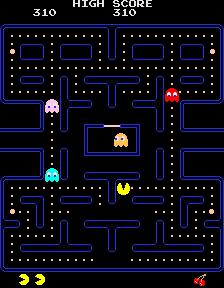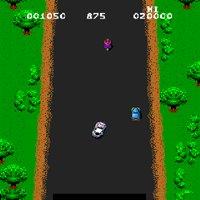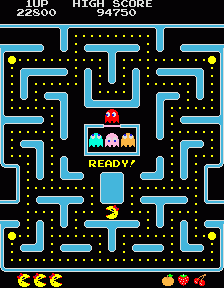Video Game History
Back to Golden Era Index
Back to Golden Era Index

[By Midway Company]
[Spy Hunter Graphic]

[Golden Years Index]
[Coin-Op World Records]
Click At Desired Graphic Text For Each Introduction
Biography Commentary Questions
Click On Below Graphic Text For All Video High Scores thru 2004
Click On Below Graphic Text For Material On The Golden Years Of Video Games 1980's
----------------- END OF PAGE


